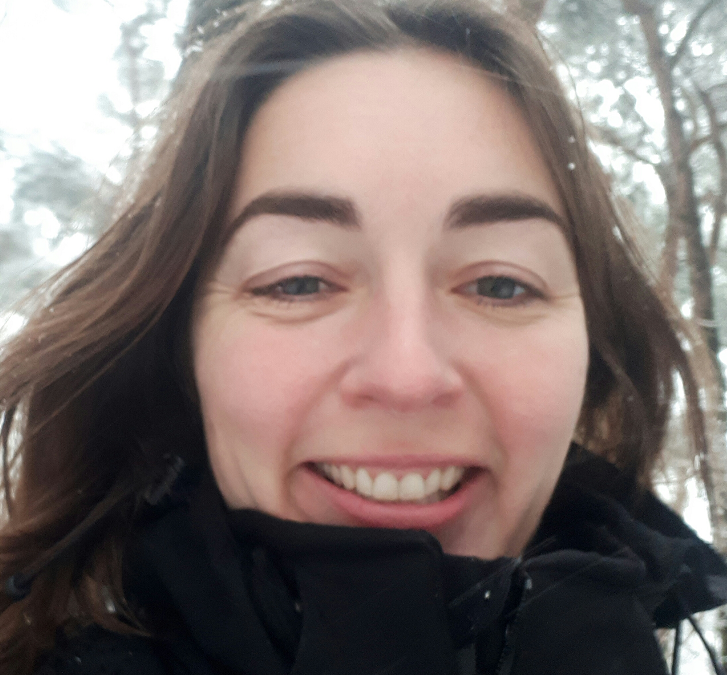Regenerative soil practices are starting to attract more mainstream attention, and hold real promise for restoring the natural capacity for land to moderate water content and quality, store excess carbon and improve local human economies. Progress is being made farm-by-farm, and this is great news. But to match the rate and scale of ecological disruption now ramping-up from a historic base which was already unsustainable over preceding human generations, we also need ambitious projects which look to heal entire regions. How about a historic, man made, world desert?
The Sinai peninsula is a desert region between Israel and Egypt. Seen from space, it’s shaped a bit like a guitar pick. But a more accurate analogy might be the key stone that sits at the apex of a stone arch, holding the two sides together, as the Sinai and its mountains connect two weather systems and two massive marine regions: the Mediterranean Sea and the Indian Ocean. It’s a rocky desert now, hosting significant mountains, ancient human cultures and a deep history which touches the birth of three world religions. This is a very special place.
Seen from that same satellite that reveals the guitar-pick geometry of the Sinai, we can also see an extensive set of braided riverbeds descending from the mountain ranges, now dry for much of human memory. But it wasn’t always like this. Trees once held soil on the slopes, and that soil held the rainfall which fed the rivers and made the land fertile. The trees were cut, the soil eroded and now lies beneath two seas. Deserts rule the land. But perhaps not much longer.
In the best tradition of the Dutch as water managers and soil engineers, sparked by climate urgency and a good dose of “what if?” thinking, The Weathermakers, a startup company based in Den Bos, Netherlands has started to design an impressive project to to re-green, the entire Sinai. They plan to return the topsoil, dredge key fishing lagoons to rebuild their productivity for local communities, and re-vegetate the mountains themselves in a move to restore the rains which moderate climates across the region. Coming back to the keystone metaphor once again, it appears the SInai is situated to “punch above its weight” in terms of impacting the weather across both the Levant and the Western Mediterranean.
In this episode of Designers of Paradise host Erik van Lennep speaks with Maddie Akkermans, one of the founders of the Dutch ecodesign and engineering company now rising to the challenge of regenerating the entire Sinai peninsula. The company is inspired by and named for Tim Flannery‘s 2005 book, The Weathermakers which predicts what global warming will mean and discusses possible solutions.
Maddie Akkermans describes how an engineering approach can help to restore broken ecosystems. She distinguishes holistic engineering from “geoengineering”. Erik and Maddie discuss broadening the objective beyond “reforestation” to include wetlands, shrubs, and more; the role of economics and awareness of nature’s abundance, and the value of ecosystem functions. They talk about hydrology, working across two watersheds, the implications of too little and too much water movement, and the need to “rebalance” the distribution of moisture.
Along the way, Maddie discusses the rationale for building a company, and hopefully, an industry in order to accelerate response to climate change.
About Maddie Akkermans:
Notes and references:
- Sinai Peninsula (Google Maps)
- Geoengineering
- Regreening the Sinai
- Viewing “the river beds of the Sinai” on Google Earth (may not work in all browsers)
- The Holy Grail of Restoration, John Liu
- The Weathermaker’s Inspiration page
- Project Update, March 2021! The project is about to start its First Phase.
- March 20, 2021 article in The Guardian, ‘Our biggest challenge? Lack of imagination’: the scientists turning the desert green
Support our Sponsor
Designers of Paradise is made possible, in part, by Mind & Media. Over the last quarter century, the writers, producers, storytellers and media specialists at Mind & Media have spearheaded a multitude of engaging and complex communication campaigns.
Podcast: Download
Subscribe: Apple Podcasts | Google Podcasts | Email | RSS


